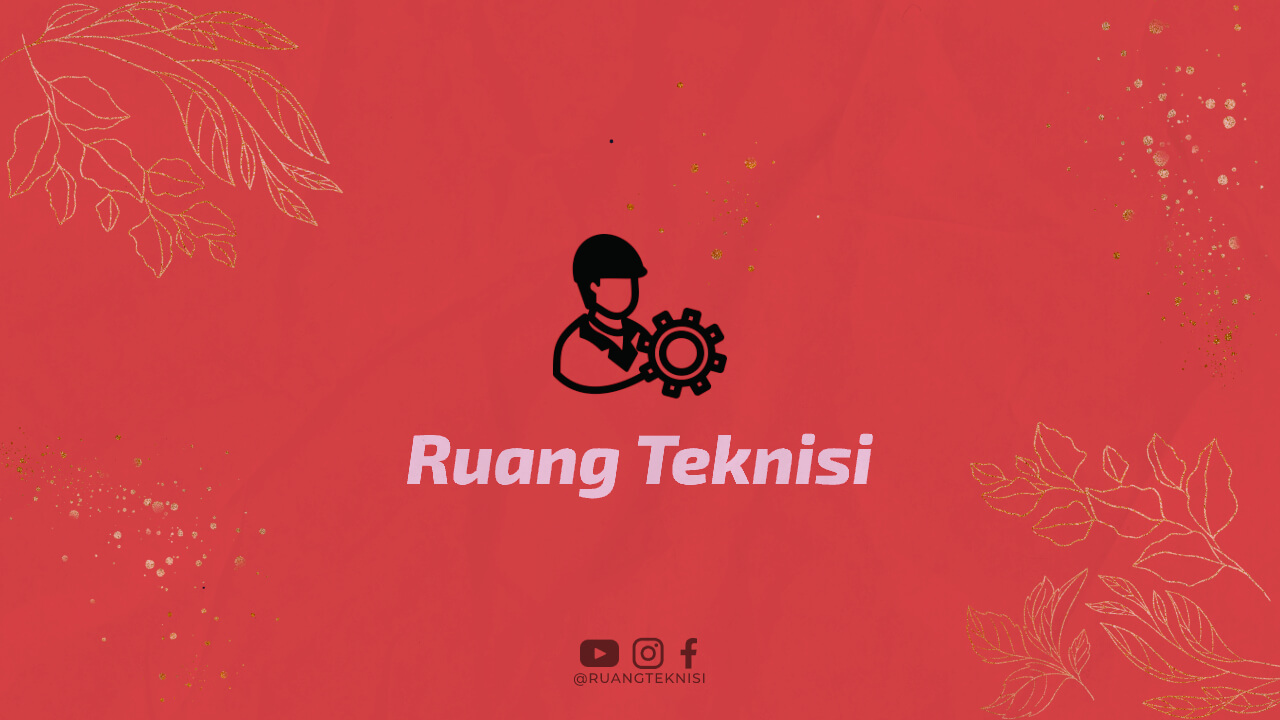IOI stands for “Indication of Interest” in the finance industry. It is a term commonly used in the world of trading and investments. An IOI is a communication tool that allows market participants to express their interest in buying or selling a particular security or financial instrument.
How does IOI work?
When a trader or investor is interested in buying or selling a specific security, they can send out an IOI to potential counterparties. This indication of interest provides preliminary information about the potential trade, including the quantity, price range, and other relevant details. It helps gauge the level of interest from other market participants and can be used to initiate negotiations or gather feedback.
Why is IOI important in finance?
IOIs play a crucial role in the financial markets, especially in the realm of over-the-counter (OTC) trading. They help facilitate price discovery and liquidity by connecting buyers and sellers who might not have found each other otherwise. IOIs also enable market participants to assess the overall demand and supply for specific securities, which can impact pricing and trading strategies.
Types of IOIs:
1. Buy-side IOI:
A buy-side IOI is typically sent by institutional investors, such as hedge funds, asset managers, or pension funds, expressing their interest in purchasing a certain security. This type of IOI aims to attract potential sellers and initiate negotiations for a potential trade.
2. Sell-side IOI:
Sell-side IOIs, on the other hand, are usually sent by market-making firms, brokers, or investment banks. They indicate that the sender is interested in selling a specific security and is looking for potential buyers. Sell-side IOIs can be used to generate liquidity and find counterparties for their inventory.
3. Conditional IOI:
In some cases, market participants may send out conditional IOIs. These IOIs include additional criteria or conditions that need to be met for the trade to take place. For example, a conditional IOI may specify a minimum quantity or require the trade to happen within a specific time frame.
Benefits of using IOIs:
1. Increased efficiency: IOIs help streamline the trading process by connecting interested buyers and sellers efficiently. This saves time and resources for market participants.
2. Improved price discovery: By expressing their interest in a particular security, market participants contribute to the overall price discovery process, enabling fairer and more transparent pricing.
3. Enhanced liquidity: IOIs can attract potential counterparties who may not have actively been looking to buy or sell a particular security. This increased participation can improve liquidity in the market.
4. Opportunity for negotiation: IOIs provide a starting point for negotiations, allowing buyers and sellers to communicate and potentially strike a deal that satisfies both parties.
IOI and regulatory considerations:
It is important to note that IOIs are subject to regulatory guidelines and restrictions, depending on the jurisdiction and the type of security being traded. Market participants must comply with relevant laws and regulations to ensure fair and transparent trading practices.
Conclusion
In summary, an IOI, or Indication of Interest, is a valuable tool in the finance industry that helps market participants express their interest in buying or selling securities. It facilitates price discovery, enhances liquidity, and streamlines the trading process. By understanding the various types of IOIs and their benefits, market participants can effectively utilize this communication tool to achieve their trading objectives.

